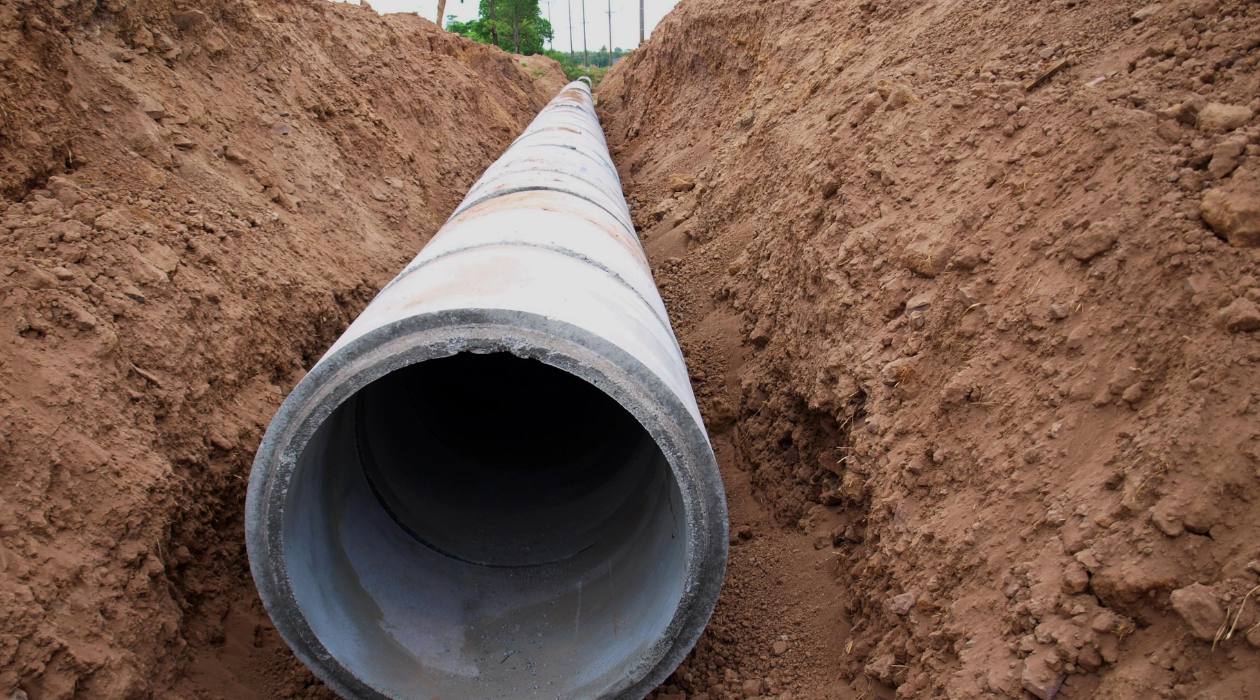

Articles
What Does Sewer Line Belly Mean In Plumbing
Modified: December 7, 2023
Discover what the term "belly" means in plumbing with our informative articles. Gain insight into this common issue and learn how to address it effectively.
(Many of the links in this article redirect to a specific reviewed product. Your purchase of these products through affiliate links helps to generate commission for Storables.com, at no extra cost. Learn more)
Introduction
When it comes to plumbing, there are many terms and phrases that may be unfamiliar to the average homeowner. One such term is “belly.” In the world of plumbing, a belly refers to a sag or low spot in a plumbing pipe. This can occur in various types of pipes, including water supply lines, sewer lines, and drain lines. Understanding what a belly is and its implications is essential for homeowners to ensure the proper functioning of their plumbing system.
A belly in a plumbing pipe occurs when the pipe sags or develops a low point. This can happen due to a variety of factors, including age, improper installation, poor pipe support, ground settling, or the shifting of the foundation. Over time, these sagging sections of the pipe can cause water to collect, leading to a variety of plumbing issues.
In this article, we will explore the definition of a belly in plumbing, the causes of belly in plumbing pipes, the signs and symptoms to look out for, the consequences of a belly, and the preventive measures and treatment options available.

Key Takeaways:
- Don’t ignore a plumbing belly! It can lead to slow drainage, frequent clogs, water damage, and health risks. Address it promptly to avoid costly repairs and maintain a healthy plumbing system.
- Prevent bellies by professional installation, regular maintenance, and monitoring water pressure. If a belly forms, seek professional treatment like hydrojetting or pipe replacement to restore optimal plumbing performance.
Read more: What Does FHT Mean In Plumbing
Definition of “Belly” in Plumbing
In the plumbing world, the term “belly” refers to a section of a plumbing pipe that sags or develops a low spot. It is called a belly because the sagging creates a shape similar to that of a rounded belly. This low point in the pipe can impede the flow of water and lead to various plumbing issues if left untreated.
A belly can occur in different types of pipes, including water supply lines, sewer lines, and drain lines. It is more common in older plumbing systems, but it can also happen in newer ones due to a variety of factors.
When a pipe develops a belly, it disrupts the smooth flow of water or waste through the plumbing system. Instead of flowing freely, the water or waste will accumulate in the low spot, causing blockages, backups, and other plumbing problems.
It’s important to note that a belly is different from a dip or dip in the pipe. A dip refers to a temporary depression or low spot that occurs due to certain conditions, such as excessive weight or pressure. A belly, on the other hand, is a permanent sagging of the pipe.
Identifying and addressing a belly in plumbing pipes is crucial to maintain the proper functioning of the plumbing system and prevent costly repairs down the line. By understanding the causes and symptoms of a belly, homeowners can take the necessary steps to rectify the issue promptly.
Causes of Belly in Plumbing Pipes
Several factors can contribute to the formation of a belly in plumbing pipes. Understanding these causes can help homeowners identify and address the issue effectively:
- Age: Over time, pipes can deteriorate, especially if they are made of older materials like cast iron or galvanized steel. Aging pipes are more prone to sagging and developing bellies.
- Improper Installation: If pipes are not properly installed, they may not have the necessary support or slope to maintain a consistent flow. This can lead to sagging and the formation of bellies.
- Poor Pipe Support: Insufficient or improper pipe support can cause pipes to shift or settle, leading to the formation of low spots or bellies.
- Ground Settling: Changes in soil conditions or ground settling can cause pipes to shift or sink, resulting in sagging sections and bellies.
- Shifting Foundation: If the foundation of a building shifts or settles, it can affect the alignment and stability of the plumbing pipes, leading to bellies.
- Excessive Weight: Excessive weight on plumbing pipes, such as heavy construction materials or improper use of the pipes for supporting structures, can cause them to sag and form bellies.
- Water Pressure: High water pressure can put strain on pipes, leading to deformations and the development of bellies.
- Temperature Changes: Extreme temperature changes can cause pipes to expand and contract, leading to stress and eventual sagging.
It’s important to address the underlying cause of the belly to prevent further damage to the plumbing system. Consulting a professional plumber is recommended to accurately diagnose the cause and provide appropriate solutions.
Signs and Symptoms of a Belly in Plumbing
Identifying the signs and symptoms of a belly in plumbing pipes is crucial for homeowners to address the issue before it leads to more severe plumbing problems. Here are some common signs that may indicate the presence of a belly:
- Slow Draining: If you notice that water is draining slowly from sinks, showers, or toilets, it could be a sign of a belly. The sagging section of the pipe can impede the flow of water, causing backups and slow drainage.
- Frequent Clogs: Bellies in plumbing pipes can create areas where debris and waste accumulate, leading to frequent clogs. If you find yourself dealing with recurrent clogs, despite attempts to clear them, it may indicate a belly in the pipe.
- Strange Odors: A belly can trap water and waste in the sagging section, creating stagnant conditions that produce unpleasant odors. If you notice persistent foul smells coming from your drains, it could be a sign of a belly in the plumbing system.
- Changes in Water Pressure: A belly can disrupt the flow of water in the plumbing system, leading to changes in water pressure. If you experience inconsistent water pressure or a noticeable decrease in water pressure, it may indicate the presence of a belly.
- Gurgling Noises: When water encounters a belly in the pipe, it can create gurgling or bubbling noises. If you hear unusual sounds coming from your drains or plumbing fixtures, it could be a sign of a belly.
- Wet Spots or Water Damage: A belly in plumbing pipes can cause water to leak out and accumulate in areas around the sagging section. Look for damp spots, water stains, or signs of water damage on walls, ceilings, or floors, as they may indicate a belly in the plumbing system.
If you notice any of these signs or suspect a belly in your plumbing pipes, it’s essential to contact a professional plumber to perform a thorough inspection and provide appropriate solutions. Prompt action can prevent further damage to your plumbing system and avoid costly repairs in the future.
Consequences of a Belly in Plumbing Pipes
A belly in plumbing pipes may seem like a minor issue, but if left untreated, it can lead to various consequences that can significantly impact the functionality of your plumbing system and your home. Here are some potential consequences of a belly:
- Blockages and Clogs: A belly creates a low spot in the pipe where debris and waste can accumulate, leading to frequent blockages and clogs. This can result in backups, slow drainage, and the need for frequent plumbing interventions.
- Water Damage: The presence of a belly can cause water to leak out and accumulate in areas surrounding the sagging section. Over time, this can lead to water damage in walls, ceilings, floors, and other structural components of your home.
- Sewer Line Backups: If a belly occurs in the main sewer line, it can cause sewage backups into your home. This is not only unsanitary but also poses a significant health hazard.
- Foundation Issues: A belly in a plumbing line located near or under the foundation of your home can cause soil erosion and compromise the stability of the foundation. This can lead to structural damage and costly repairs.
- Increased Repair Costs: Ignoring a belly in the plumbing system can lead to more severe damage over time. Rectifying the issue becomes more complicated and costly as the consequences worsen.
- Health Risks: Standing water in a belly can create stagnant conditions that promote the growth of bacteria, mold, and other microorganisms. This can lead to poor indoor air quality and potential health risks for you and your family.
It’s essential to address a belly in plumbing pipes as soon as possible to avoid these consequences. Contacting a professional plumber to assess the issue, provide appropriate solutions, and perform any necessary repairs is crucial to maintain the integrity of your plumbing system and protect your home.
Belly in plumbing refers to a sag or dip in a pipe, which can lead to blockages and slow drainage. To prevent this, ensure proper installation and regular maintenance of your plumbing system.
Read more: What Does “Plumb” Mean In Construction
Prevention and Treatment of a Belly in Plumbing Pipes
While a belly in plumbing pipes can be troublesome, there are preventive measures and treatment options available to address the issue effectively. Here are some steps you can take:
Prevention:
- Professional Installation: Ensure that your plumbing system is installed by a licensed professional who follows industry standards and guidelines. Proper installation with appropriate pipe support and slope can help prevent the formation of bellies.
- Choose the Right Materials: Use high-quality plumbing pipes made of durable materials that are resistant to sagging and deterioration. Discuss with your plumber to determine the best pipe materials for your specific needs.
- Regular Maintenance: Schedule routine inspections and maintenance for your plumbing system. This can help identify any potential issues, including bellies, and address them before they worsen.
- Avoid Excessive Weight: Do not use plumbing pipes as support structures or apply excessive weight on them. This can lead to pipe deformation and sagging.
- Monitor Water Pressure: Keep an eye on the water pressure in your plumbing system. High water pressure can strain pipes and contribute to the formation of bellies. Install a pressure regulator if necessary.
Treatment:
If a belly has already formed in your plumbing pipes, it’s important to seek professional assistance for proper treatment. Here are some common treatment options:
- Hydrojetting: High-pressure water jets can be used to clear any blockages and clean the interior of the pipes, eliminating debris that may have contributed to the formation of the belly.
- Trenchless Repair: In some cases, trenchless repair methods, such as pipe relining or pipe bursting, can be used to fix the belly without extensive excavation.
- Partial or Complete Pipe Replacement: If the belly is severe or if the pipes are beyond repair, partial or complete pipe replacement may be necessary. This involves removing the compromised section of the pipe and installing new, properly sloped pipes.
- Proactive Maintenance: Once the belly is resolved, implementing regular maintenance practices, such as drain cleaning and inspections, can help prevent future issues and ensure the optimal performance of your plumbing system.
Remember, it’s always best to consult with a professional plumber who can assess the situation, provide accurate recommendations, and perform the necessary repairs or replacements. Taking prompt action will help restore the functionality of your plumbing system and prevent further damage.
Conclusion
A belly in plumbing pipes can be a frustrating and potentially costly issue for homeowners. Understanding what a belly is, its causes, and the signs and symptoms to look out for is vital for maintaining the proper functioning of your plumbing system and avoiding further damage.
By taking preventive measures such as professional installation, using high-quality materials, regular maintenance, and monitoring water pressure, you can minimize the chances of a belly forming in your plumbing pipes.
If you suspect a belly in your plumbing system, it’s crucial to address the issue promptly. Ignoring it can lead to blockages, clogs, water damage, foundation issues, increased repair costs, and potential health risks. Contacting a professional plumber to assess and treat the belly is the best course of action.
Treatment options for a belly may include hydrojetting, trenchless repair methods, or pipe replacement depending on the severity of the issue. Once the belly is resolved, proactive maintenance practices can help prevent future problems and ensure the optimal performance of your plumbing system.
In conclusion, understanding the concept of a belly in plumbing pipes, its causes, and the available preventive measures and treatment options is crucial for homeowners. By staying vigilant and addressing any plumbing issues promptly, you can avoid further damage, costly repairs, and potential health hazards associated with a belly in your plumbing system.
Frequently Asked Questions about What Does Sewer Line Belly Mean In Plumbing
Was this page helpful?
At Storables.com, we guarantee accurate and reliable information. Our content, validated by Expert Board Contributors, is crafted following stringent Editorial Policies. We're committed to providing you with well-researched, expert-backed insights for all your informational needs.
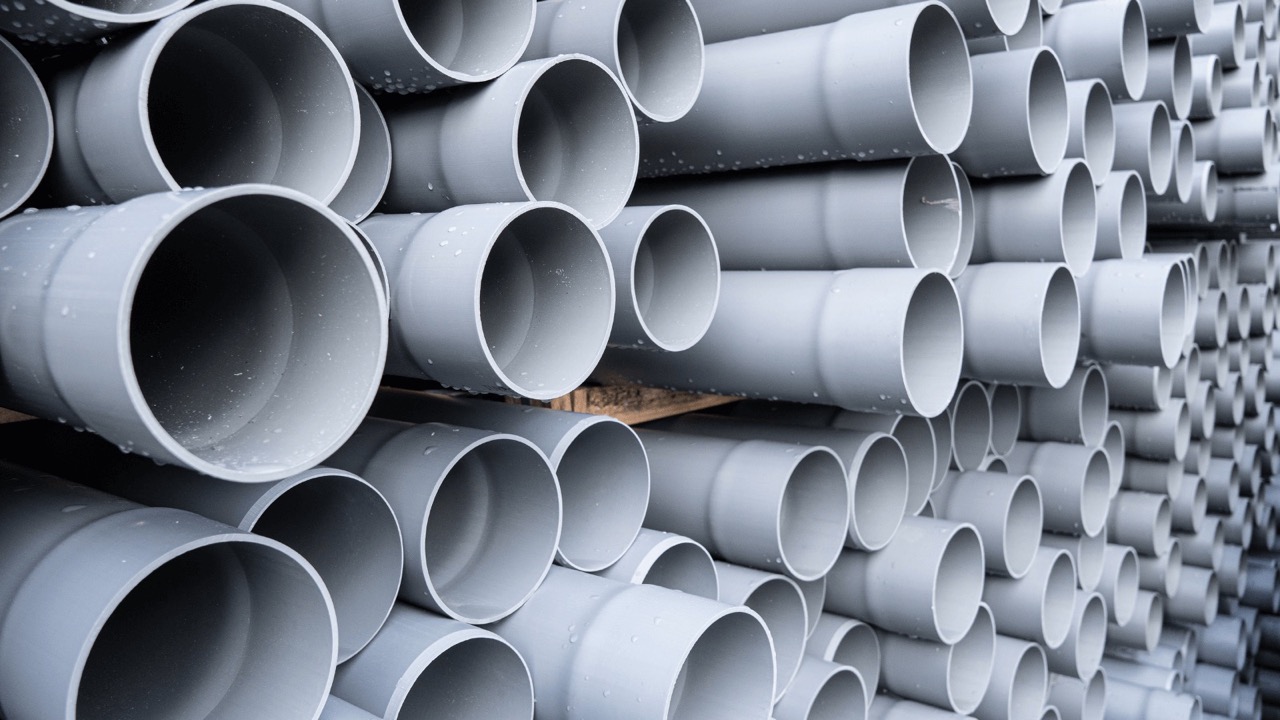
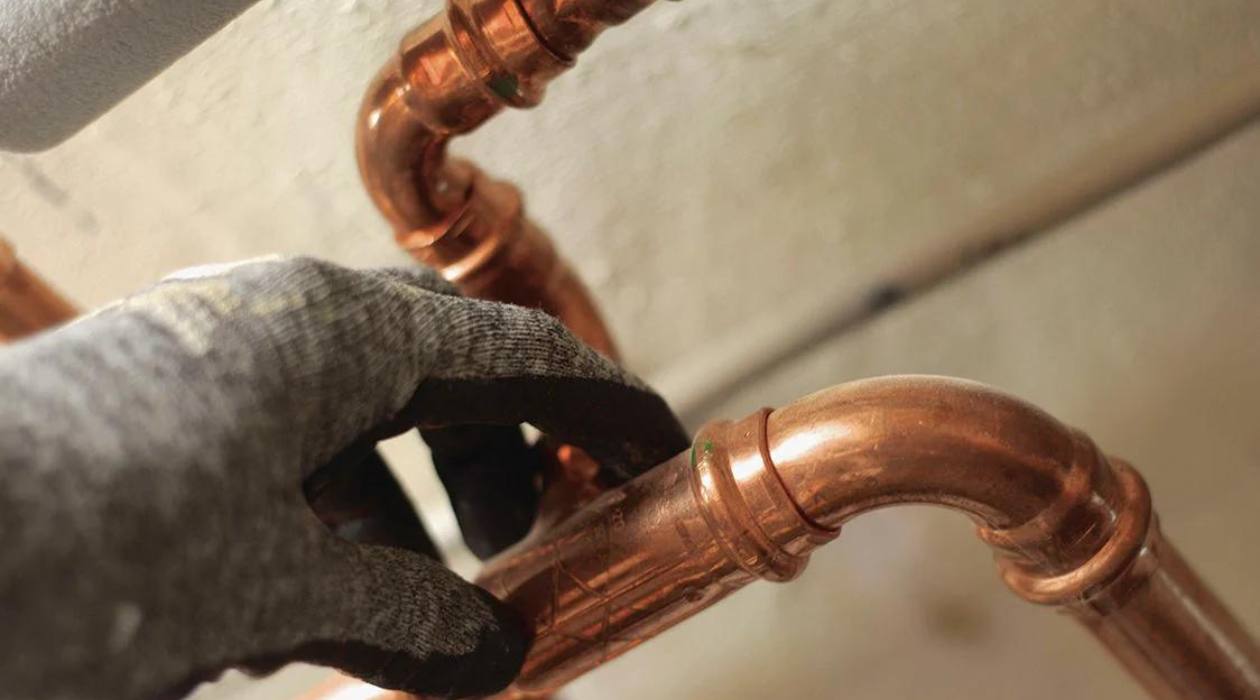
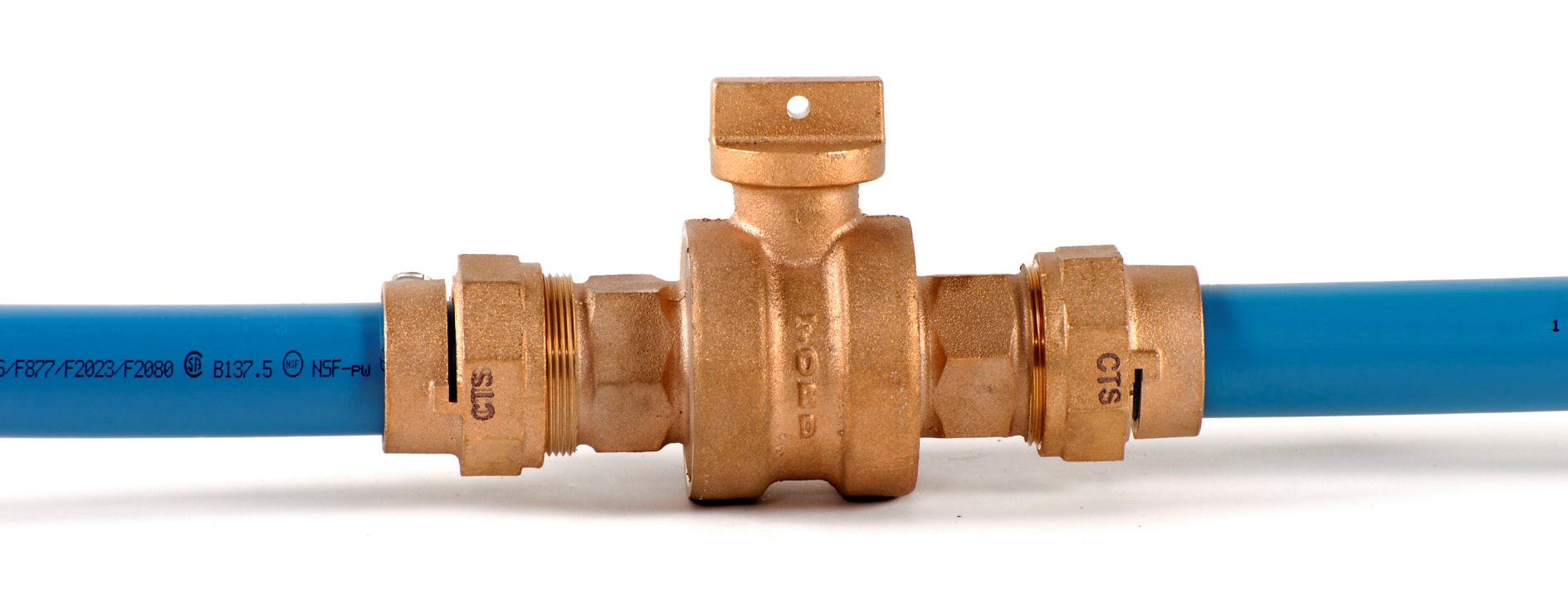
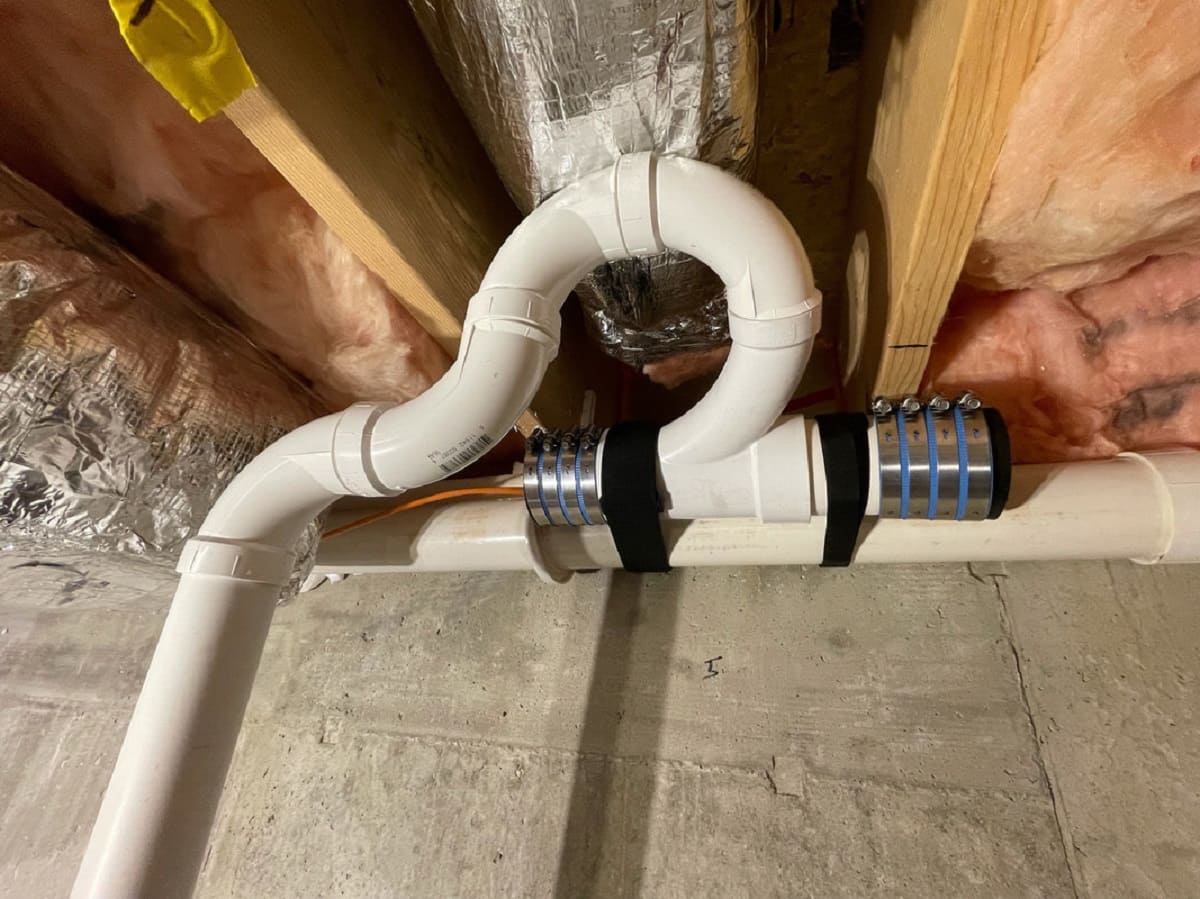


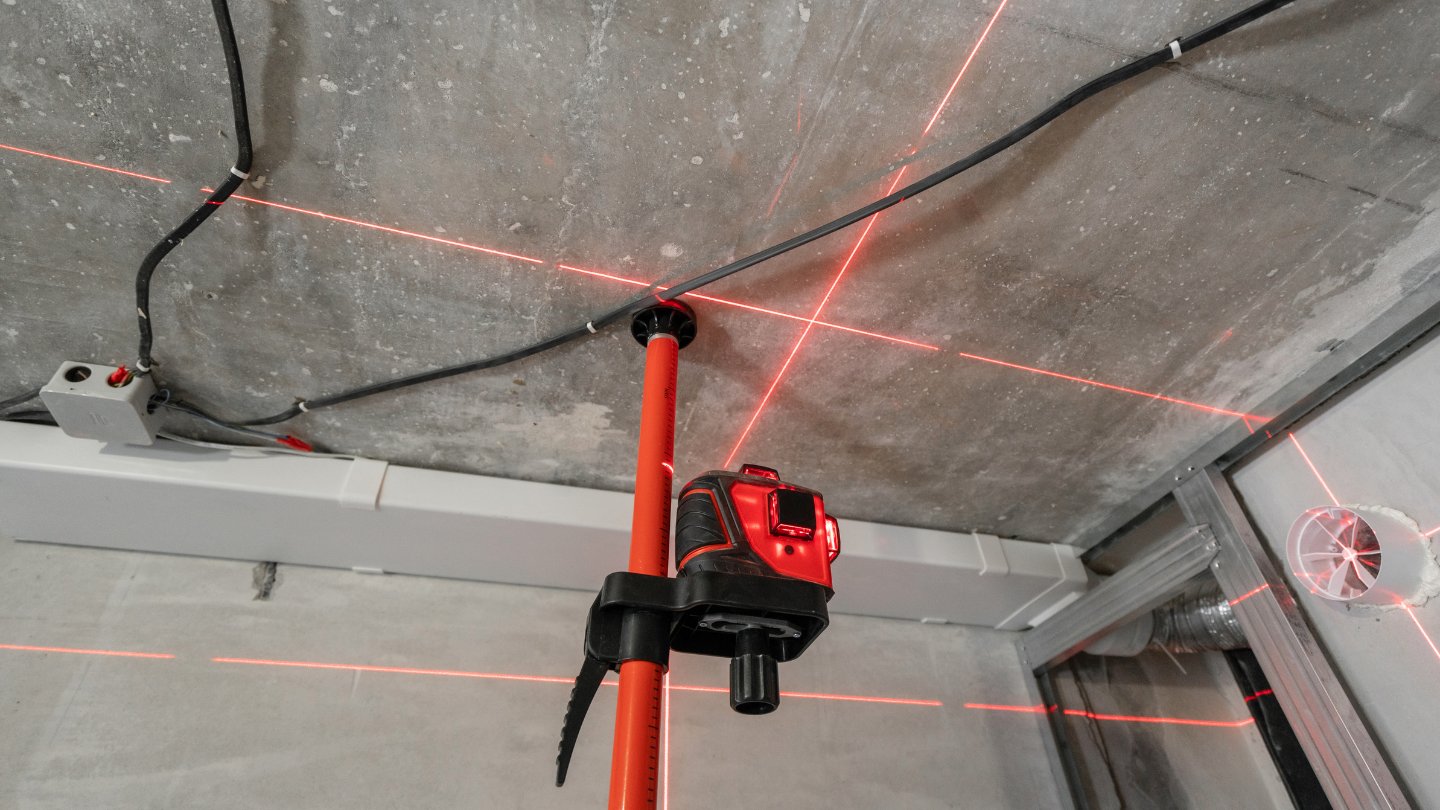
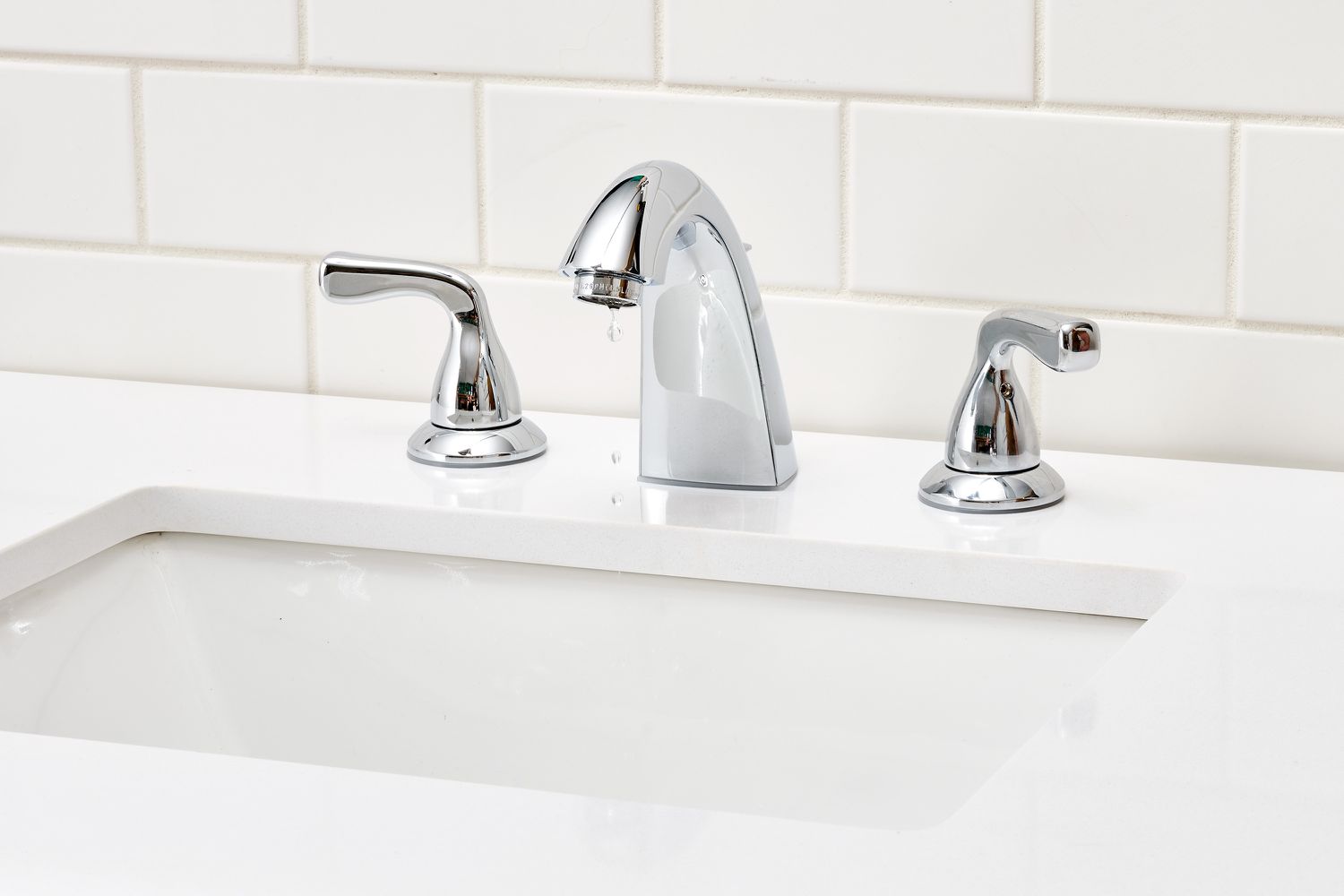




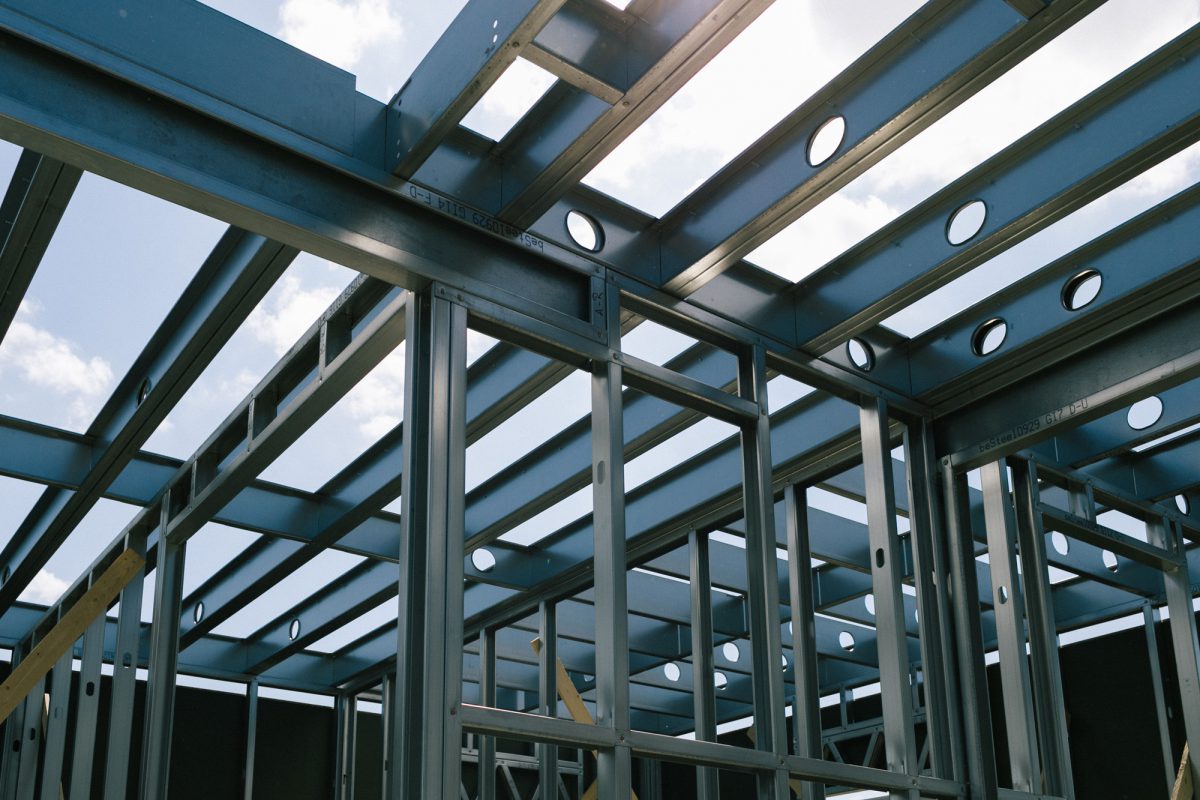
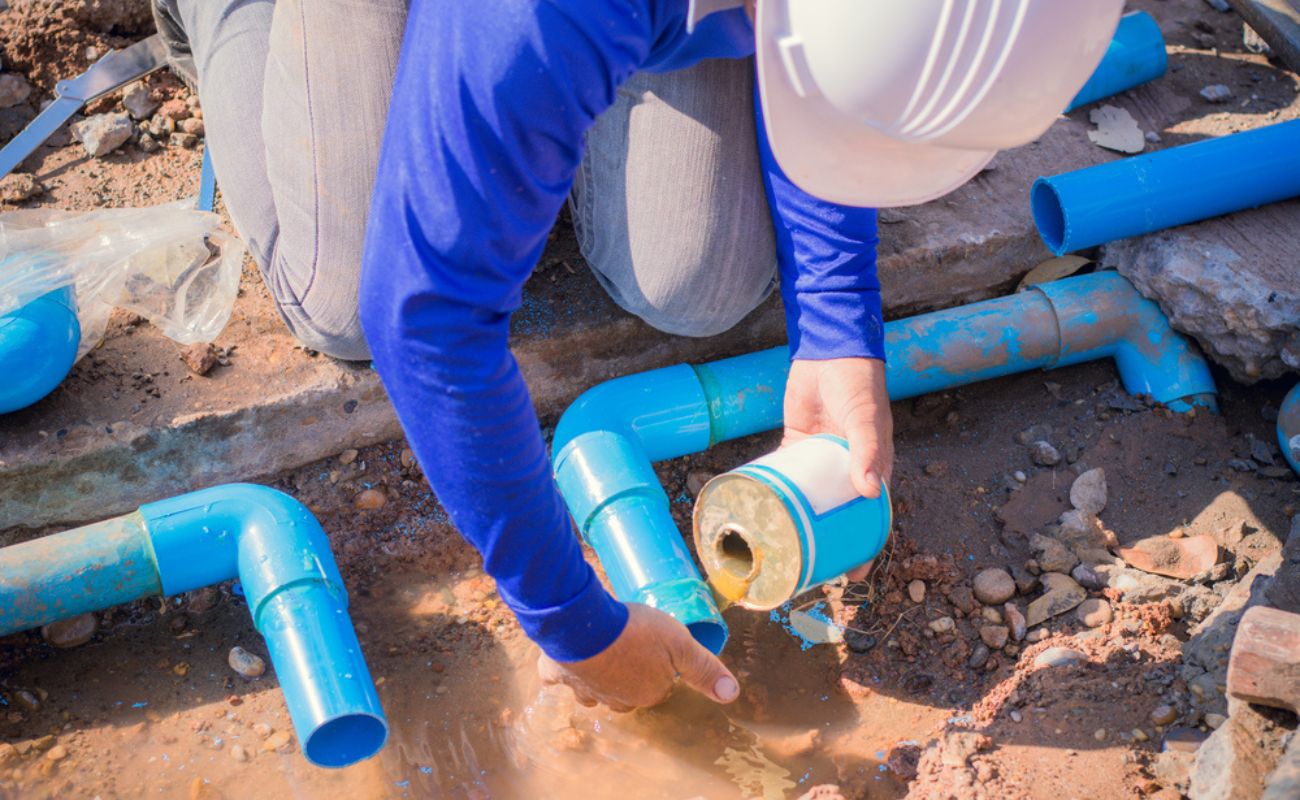

0 thoughts on “What Does Sewer Line Belly Mean In Plumbing”